How hardy?
mushibu10
9 years ago
Related Stories

LANDSCAPE DESIGNGreat Design Plant: Retreat to the Shade of Hardy Catalpa
Big foliage and a towering height provide a shady respite in summer, but that's not all hardy catalpa offers dedicated gardeners
Full Story
GARDENING GUIDES10 Cold-Hardy Succulents for Cool-Season Interest
These attractive plants shrug off colder temperatures, and many can be brought inside in containers in extra-chilly climates
Full Story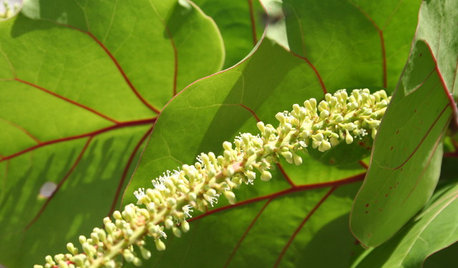
GARDENING GUIDESGreat Design Plant: Sea Grape, a Hardy Coastal Delight
Up to the high-tide line or even indoors, sea grape draws smiles for its looks and cheers for its tenacity
Full Story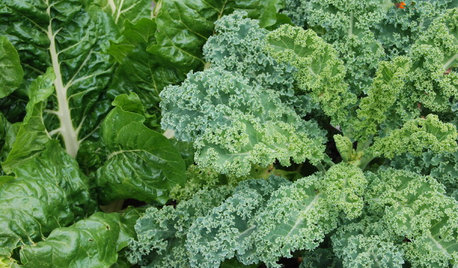
FALL GARDENINGFrost-Hardy Foliage That Loves a Cold-Climate Garden
When winter cuts a bleak swath through other plants, these edibles and perennials flourish brilliantly
Full Story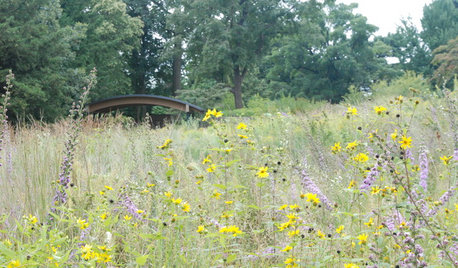
GARDENING GUIDESHow to Find the Right Plants for Your Garden
Break free from choosing plants by cold-hardiness zones for a beautiful landscape that thrives year-round
Full Story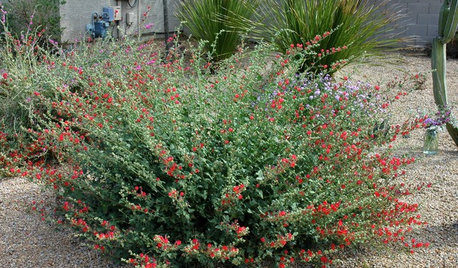
GARDENING GUIDESSouthwest Gardener's February Checklist
Orange you glad for a citrus-fertilizing reminder? And don't forget the recommended doses of vegetable seeds and cold-hardy flowers
Full Story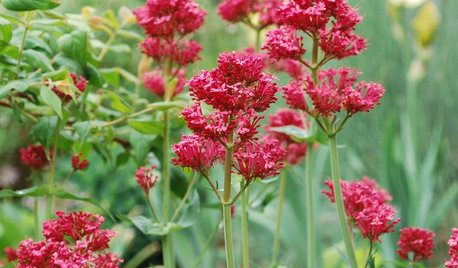
GARDENING GUIDES6 Lovely Water-Wise Perennials for High Altitudes
Even if your climate is cold and dry, you can still celebrate spring with these hardy and colorful perennials
Full Story
GARDENING GUIDESGreat Design Plant: Red Kangaroo Paw
Plant this dramatic perennial in fall or spring for its height, hardiness and beautiful red blooms
Full Story
HOUSEPLANTSHow to Force Amaryllis Bulbs Indoors
Enjoy vibrant red blossoms even as gardens turn snowy white, by teaching this hardy repeat performer to ignore the calendar
Full Story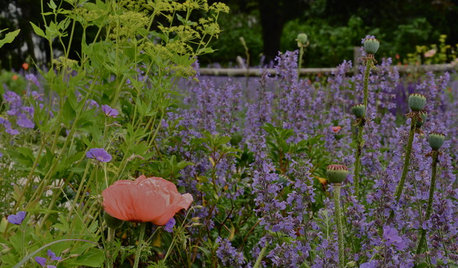
GARDENING GUIDESGreat Design Plant: Walker's Low Catmint
Prolific purple blooms, fragrant leaves, and cold-hardiness makes this a go-to plant for almost any garden
Full StoryMore Discussions






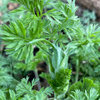
User
davidrt28 (zone 7)
Related Professionals
Canton Landscape Architects & Landscape Designers · Horsham Landscape Architects & Landscape Designers · Newcastle Landscape Architects & Landscape Designers · Sahuarita Landscape Architects & Landscape Designers · Goodyear Landscape Contractors · Manchester Landscape Contractors · Pelham Landscape Contractors · Andover Landscape Contractors · Clark Landscape Contractors · Fairfield Landscape Contractors · Manhattan Landscape Contractors · National City Landscape Contractors · Panama City Beach Landscape Contractors · Rockland Landscape Contractors · Wanaque Landscape Contractorswantonamara Z8 CenTex
floral_uk z.8/9 SW UK
moistbutwelldrained
User
moistbutwelldrained
Embothrium
mushibu10Original Author
floral_uk z.8/9 SW UK